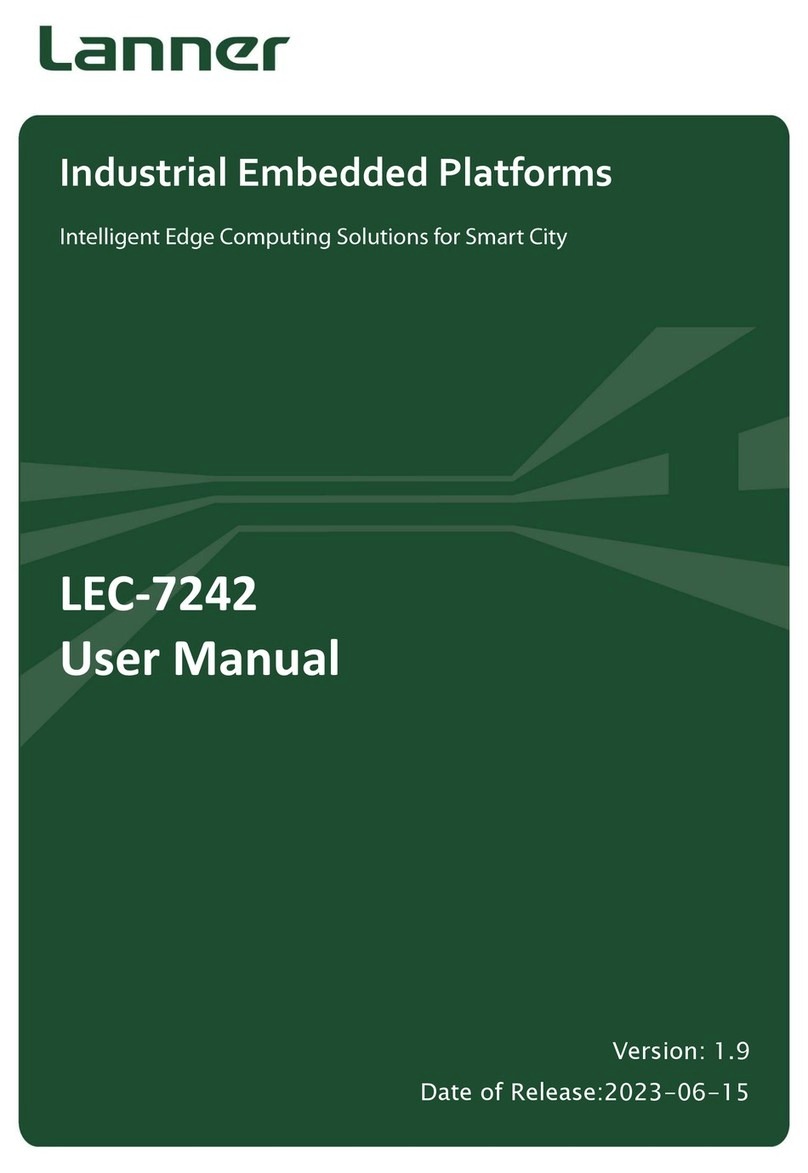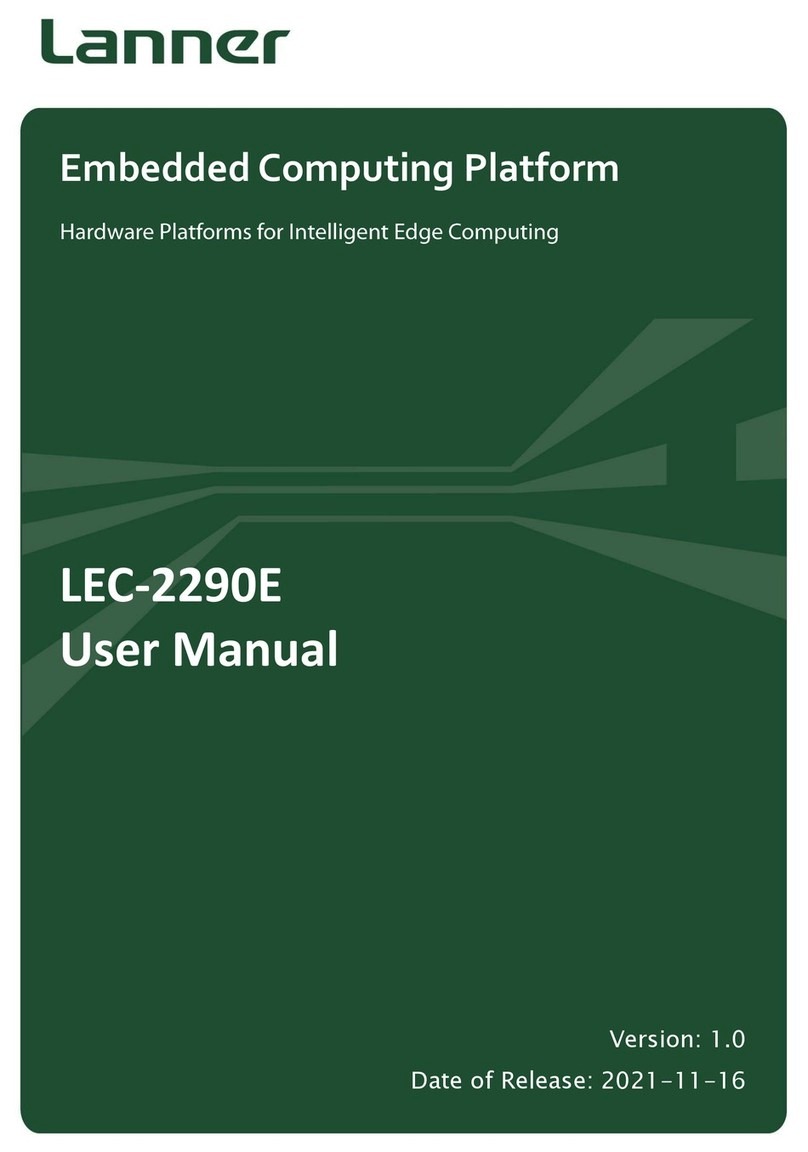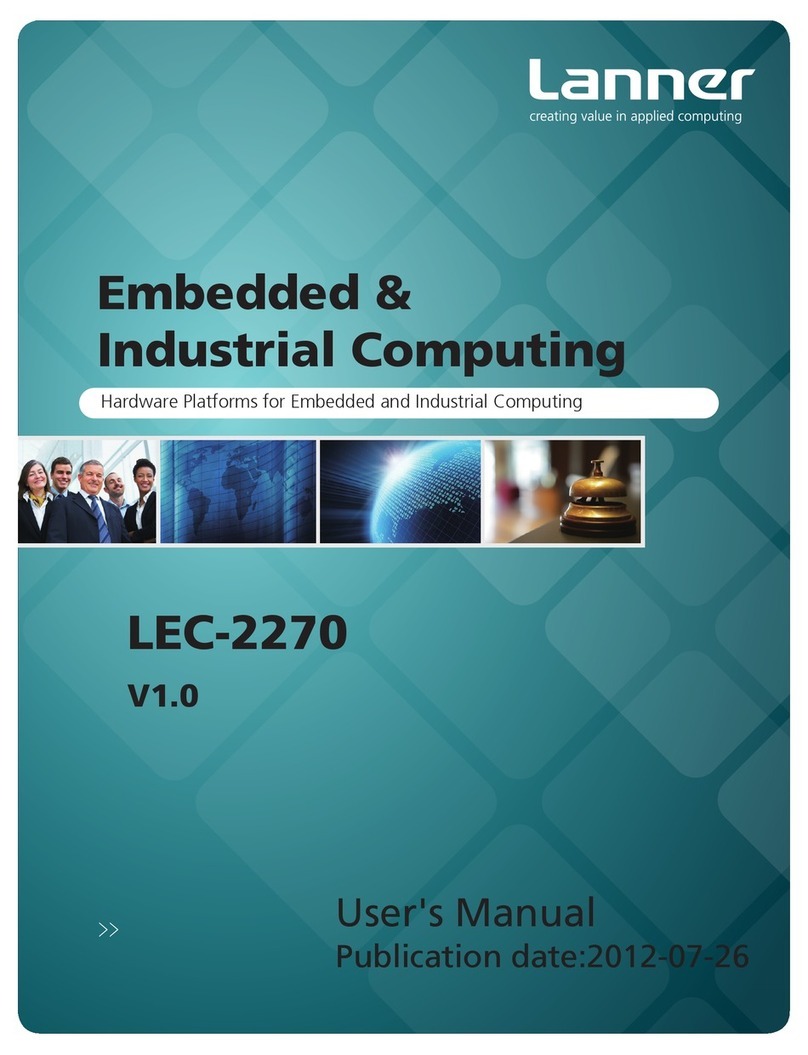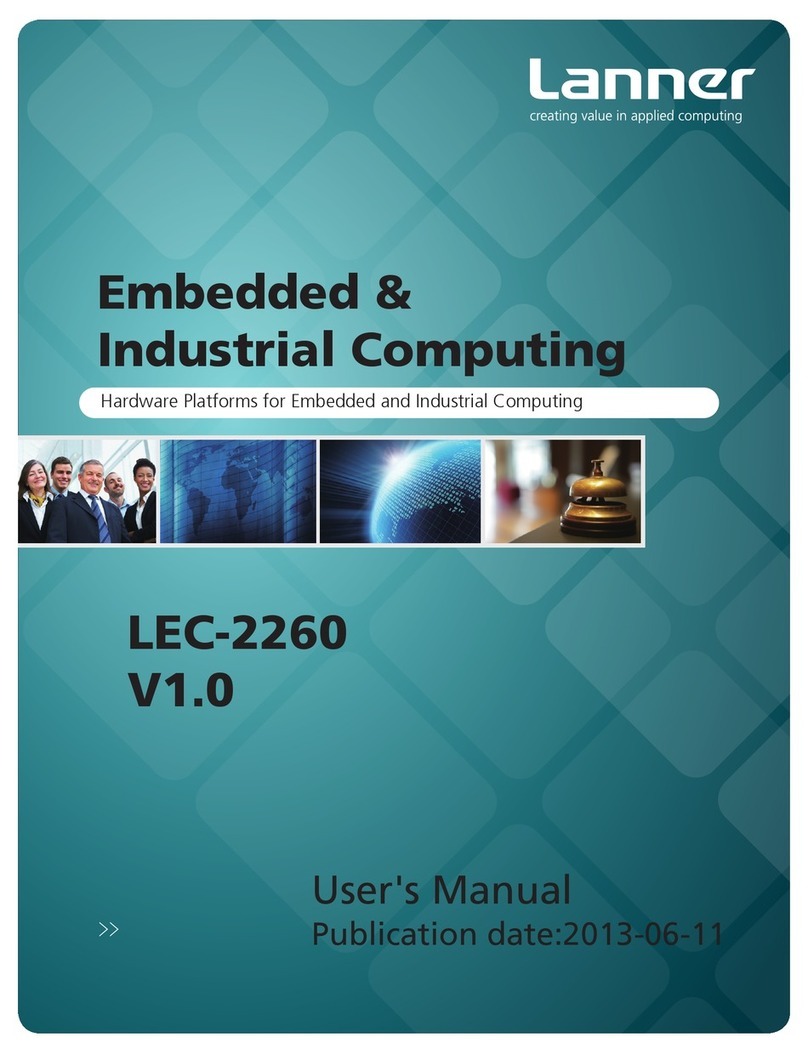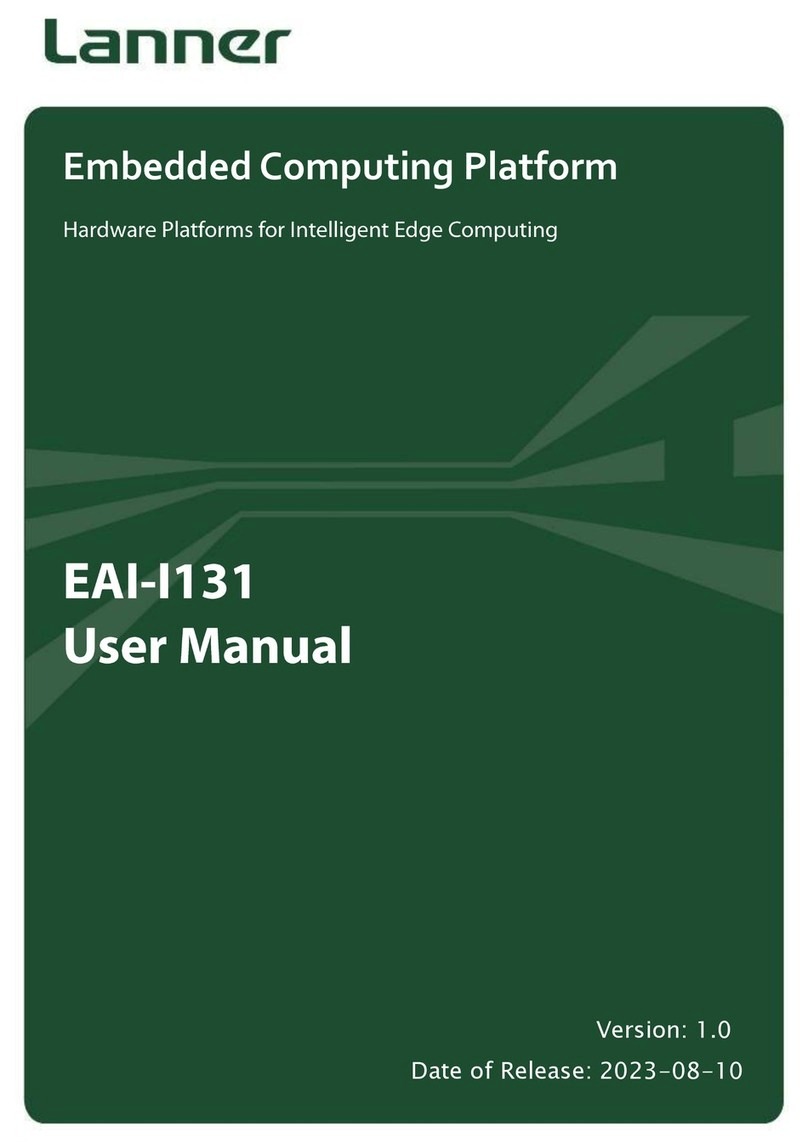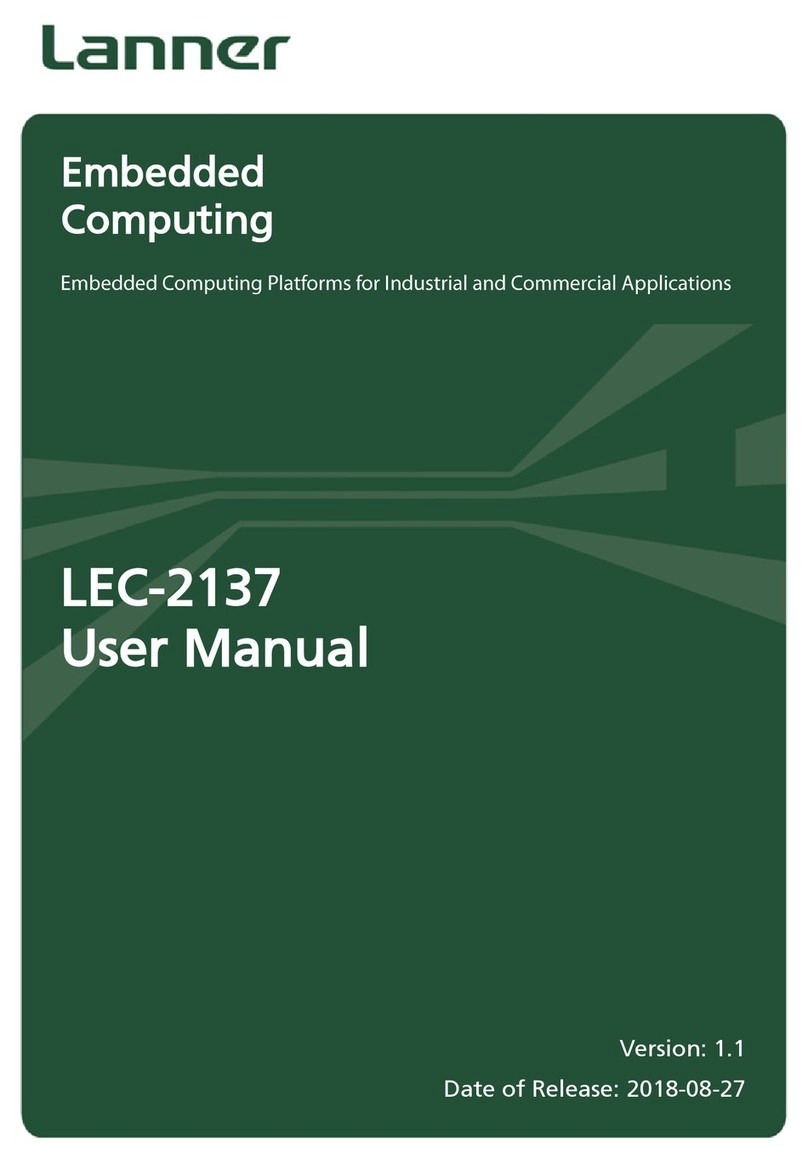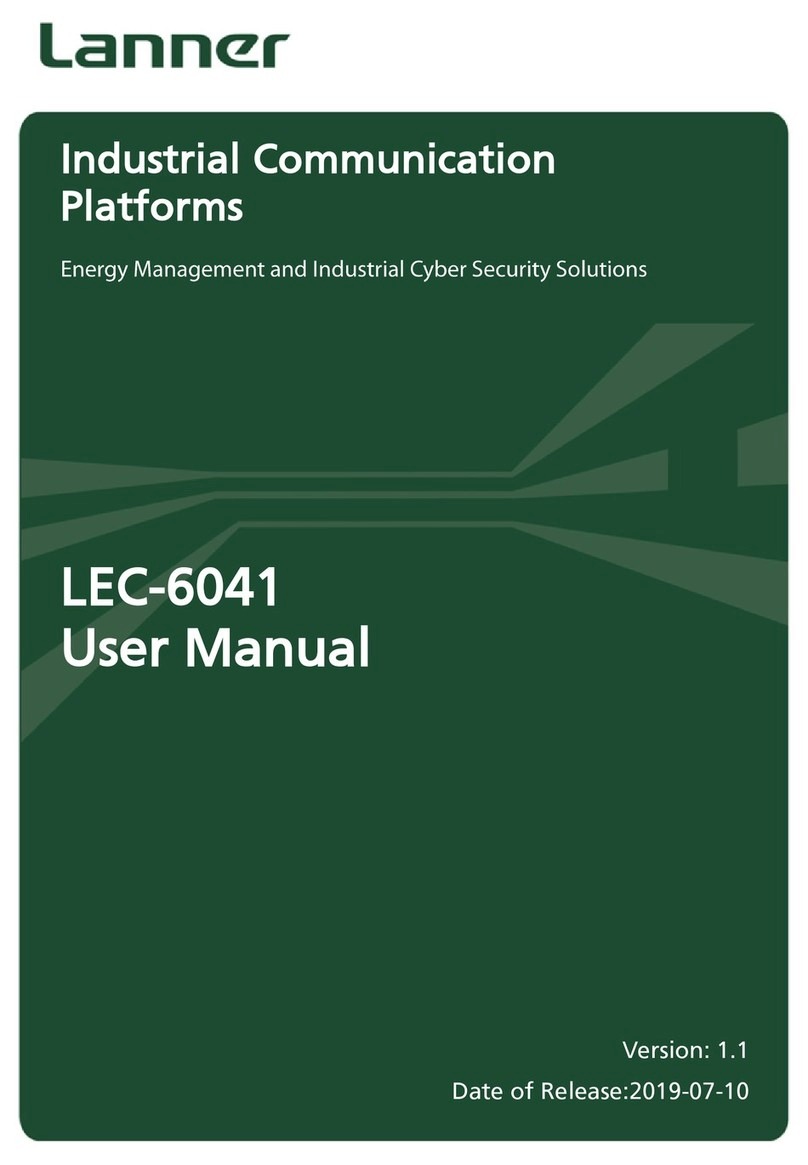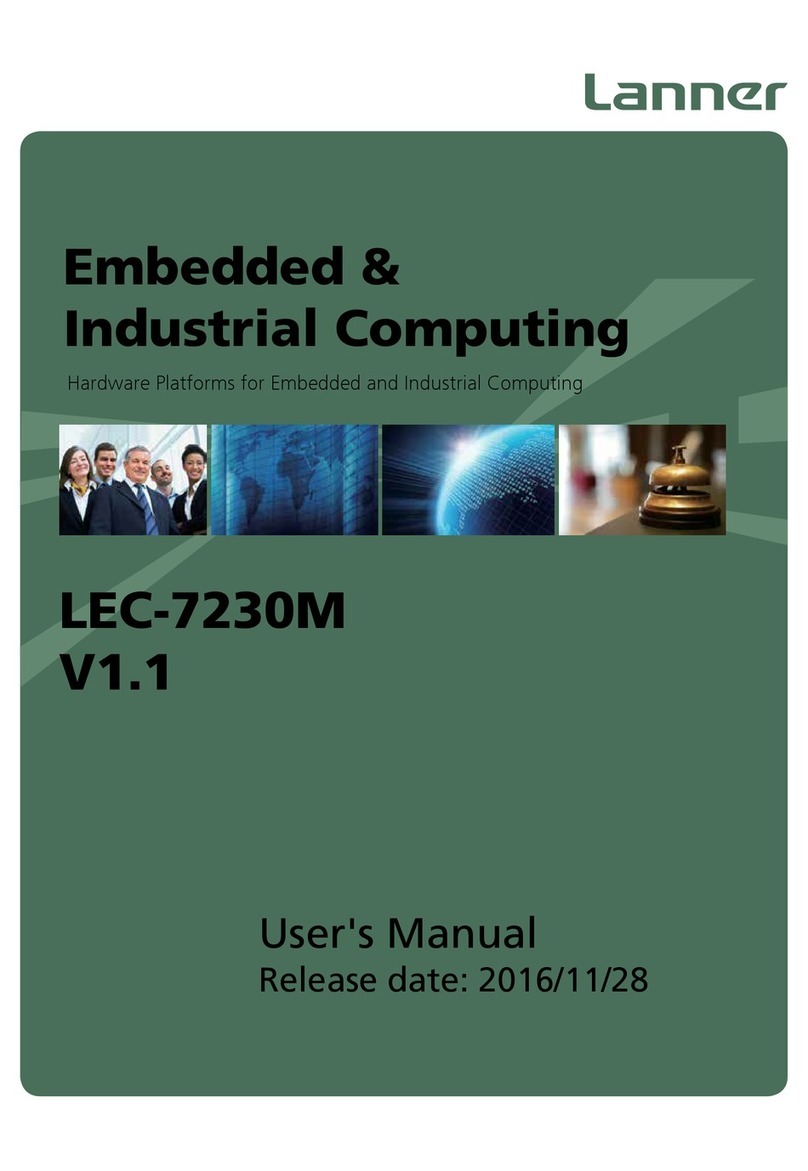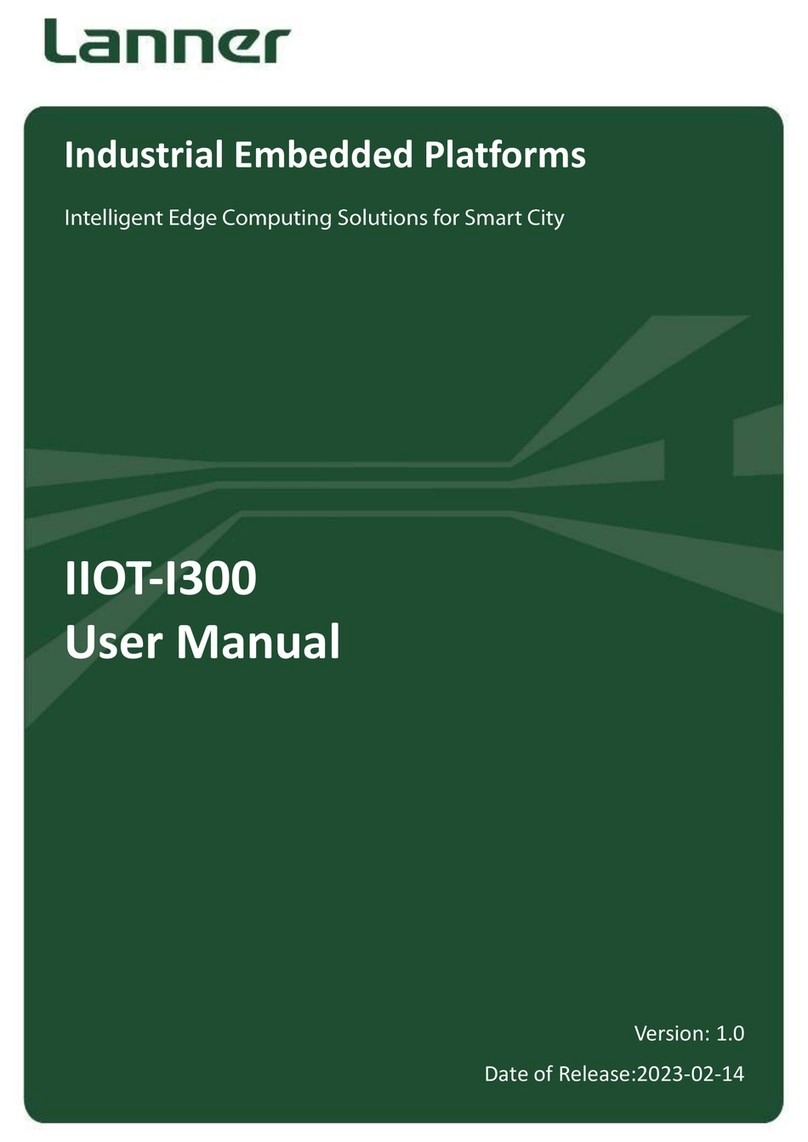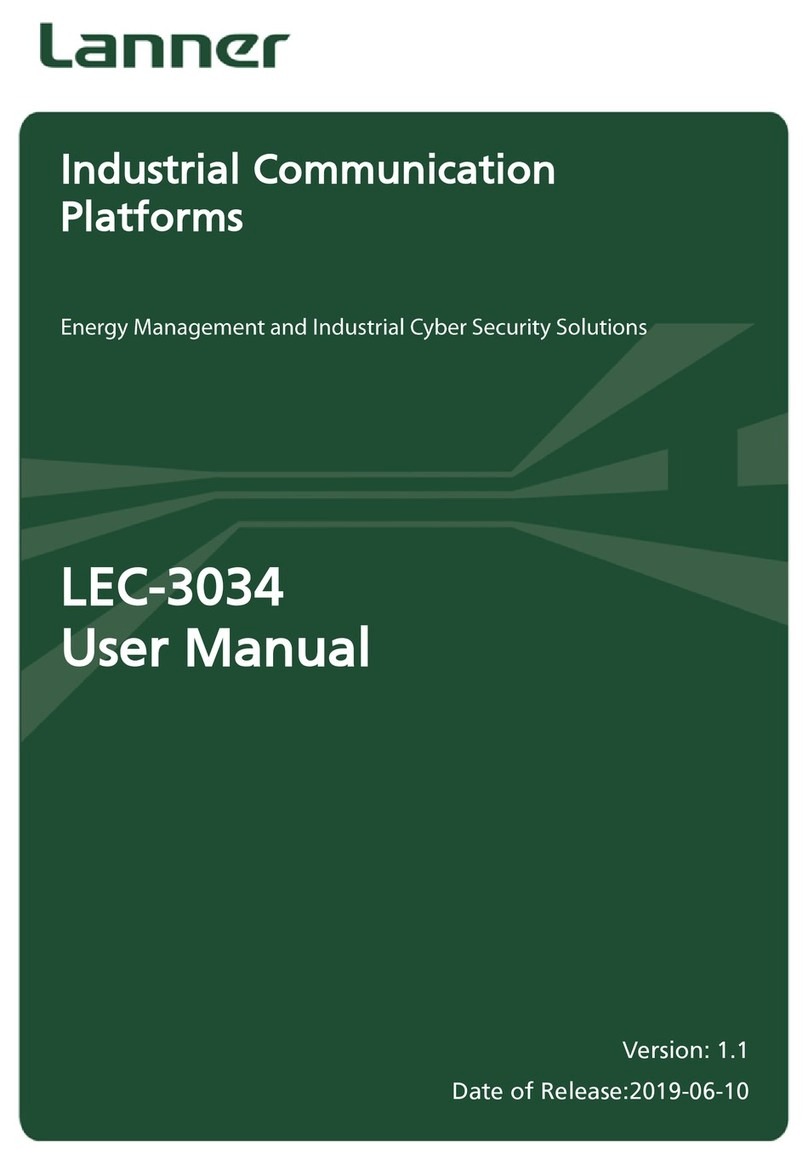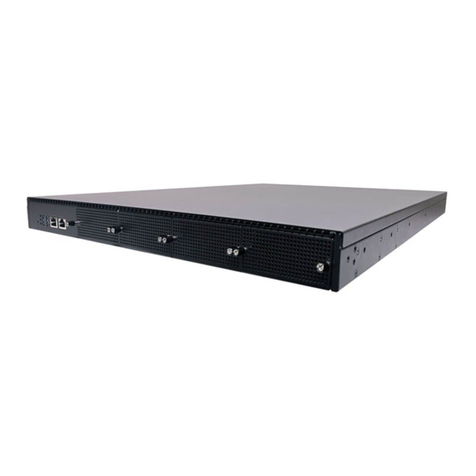
Industrial Communication Platform
8
Table of Contents
Revision History ................................................................................................................. 2
Chapter 1: Introduction....................................................................................................... 9
Specifications.............................................................................................................. 9
Ordering Information................................................................................................ 11
Chapter 2: System Overview............................................................................................ 13
Mechanical Drawing................................................................................................. 13
Block Diagram.......................................................................................................... 18
Front I/Os.................................................................................................................. 19
Side I/Os.................................................................................................................... 24
Rear I/Os................................................................................................................... 24
Chapter 3: Board Layout................................................................................................... 25
Jumpers & Connectors Locations on the Motherboard ............................................ 25
Jumpers & Connectors Locations (LEK-AU4: Add-on Card for A4 model) ........... 26
Jumpers & Connectors Locations (LEK-AU6: Add-on Card forA6 model) ........... 27
Jumpers & Connectors Locations (LEK-AU8: Add-on Card forA8 model) ........... 28
Jumpers & Connectors Locations (Add-on Card for I4 model) ............................... 29
Jumpers & Connectors Locations (Add-on Card for I10 model) ............................. 30
Jumpers and Connectors Table ................................................................................. 31
Jumper Settings & Connector Pinout (Motherboard)............................................... 33
Jumper Settings & Connector Pinout (LEK-AU4)................................................... 38
Jumper Settings & Connector Pinout (LEK-AU6)................................................... 40
Jumper Settings & Connector Pinout (LEK-AU8)................................................... 43
Jumper Settings & Connector Pinout (for I4)........................................................... 45
Jumper Settings & Connector Pinout (for I10)......................................................... 47
Chapter 4: Hardware Setup............................................................................................... 50
Installing SO-DIMM Memory.................................................................................. 52
Installing a mSATA Mini Module............................................................................. 53
Installing a Disk Drive.............................................................................................. 54
Mounting LEC-3031 by DIN Rail............................................................................ 56
Appendix 1: Watchdog Timer........................................................................................... 57



